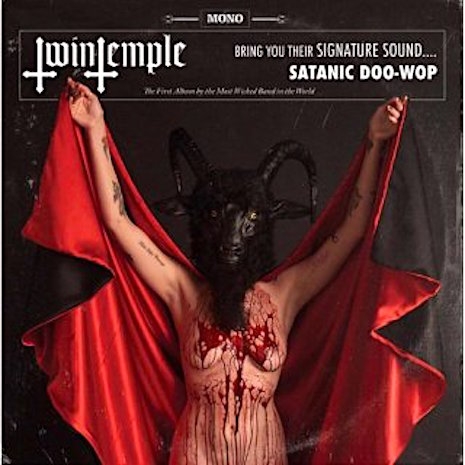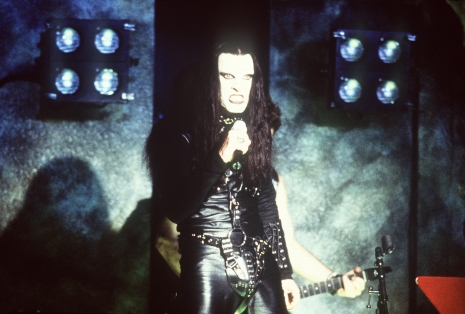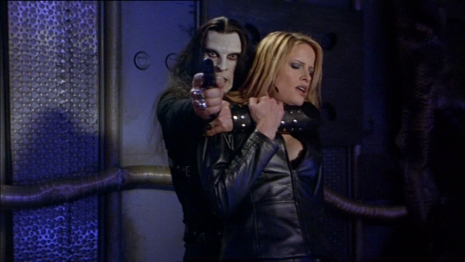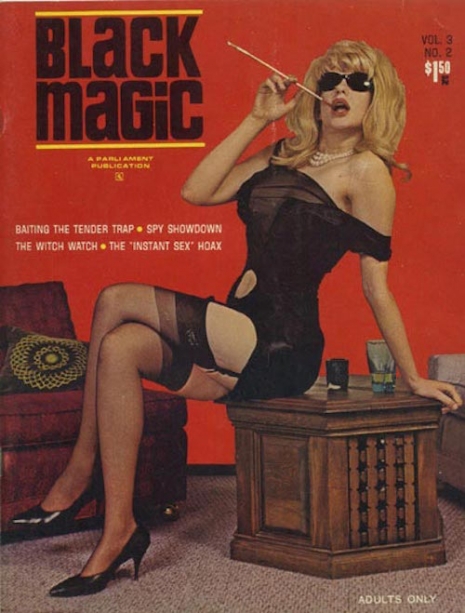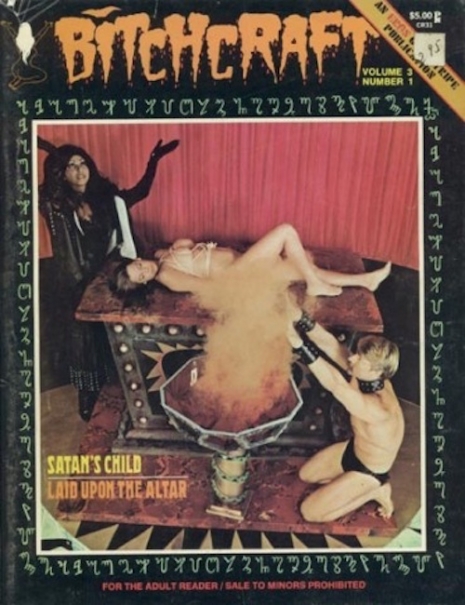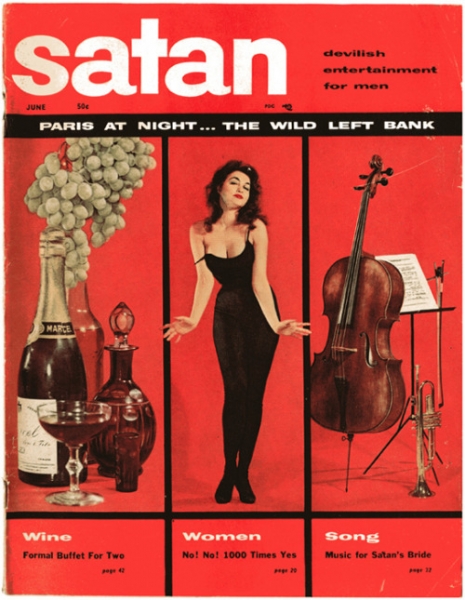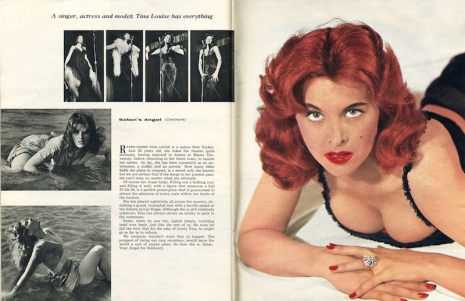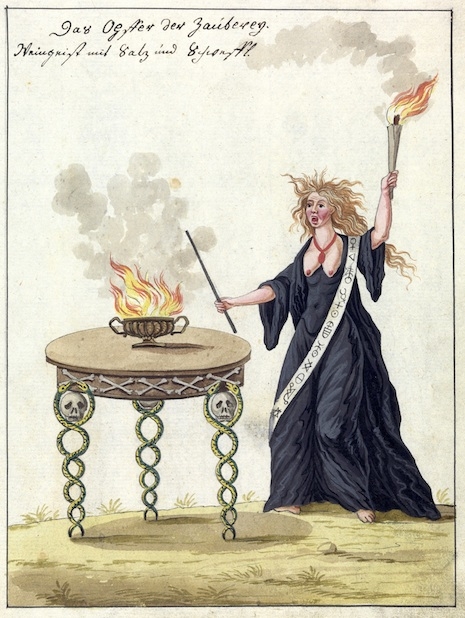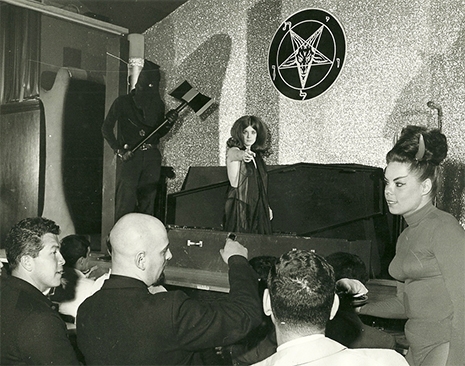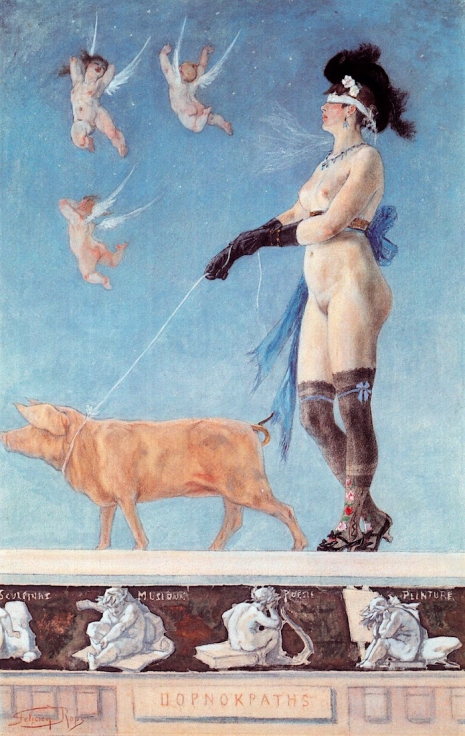
‘Pornokratès’ (1896).
There are few nineteenth century artists as controversial or as profoundly shocking as Félicien Rops. Even more than a century after his death, his “blasphemous erotica” can still cause great offense in a world of safe spaces and trigger warnings.
Rops was born in Namur, Belgium in 1833, the son of a wealthy cotton dealer. He was home schooled by a private tutor before attending Jesuit college where he excelled at art. However, he hated the intense Catholic education and quit college at sixteen. He then went onto finish his education at Royal Athenaeum. His talent for art flourished and he achieved some early success as a caricaturist for the student magazine Le Crocodile and local magazines. But it was as a lithographer and etcher that he proved his technical brilliance and unparalleled artistic talent. He co-founded with Charles De Coste the satirical magazine L’Uylenspiegel (1856-1863). They mercilessly attacked Church and State, the bourgeoisie and artistic pretensions. The magazine made both men (in)famous—Rops was even challenged to a duel after one particular provocative attack.
He married, had two children (one dying in childhood), separated from his wife and moved to Paris in 1862. His arrival in the City of Lights changed Rops dramatically—he was like a wide-eyed yokel driven to excess by the thrill of the metropolis. He began to draw and paint with a fevered intensity the world he inhabited. He exhibited some of his work back in his hometown of Namur in 1865—in particular a portrait of a female absinthe drinker (La Buveuse d’Absinthe) which so outraged critics and civic figures that he was denounced by an official rebuke for prostituting his pencil in “the reproduction of scenes imprinted with a repellent realism.” The response pleased Rops—though he described it as akin to being spat upon—as it meant he had found his right subject matter: the dark and neglected and unacknowledged underworld of everyday life. This led Rops to co-found the Société Libre des Beaux-Arts—a group set up to promote “realism” in art in 1868.
Another key event was his meeting with the writer Baudelaire, whose work confirmed many of Rops’ personal beliefs. He illustrated Baudelaire’s banned volume of poetry Les Fleurs du Mal and became one of the resident artists of the Decadent Movement—though he also had a place in the Symbolist camp.
The Decadent Movement was a loose collection of artists and writers who came to prominence in the last two decades—or fin de siècle—of the 1800s. The term Decadent was originally intended to be disparaging—but Baudelaire and Rops considered it a suitable description of their lifestyle and work. The Decadents were in revolt against the constrictive and petite bourgeoise morality of the day. But even this doesn’t quite tell the complete truth. Though Rops had rejected much of his Catholic upbringing—he had some lingering religious beliefs. He was a Freemason—and some of his work was highly anti-Catholic. Take a look at his pornographic re-imagining of the Ecstasy of Saint Teresa being “penetrated” by the lance of the seraphim. He had a fear of women but was for a time happily married and then lived in a menage a trois with two sisters. He was intelligent and rational but was also superstitiously obsessed with the occult—in particular the power of the Devil. He railed gainst the petite bourgeoisie and against fame but harbored a desire for success—on his own terms.
The novelist Péladan said of Rops in La Plume (1896):
Three hundred subtle minds admire and love him, and this approbation of thinkers is all that matters to this master; if a man of the middle classes, one of those for whom popular works are written and who actually read them, should happen to show a liking for one of his works, he would immediately destroy it. As a patrician of art, he wishes for no other judges than but his peers, and not out of pride. The best token of his modesty is the fact that he is so little known and that is how he wants it, because he knows that Art is a druidic cult which receives into its ranks all minds that rise high enough.
While the author JK Huysmans described Rops as:
...not confined himself, like his predecessors, to rendering the attitudes of bodies swayed by passion, but has elicited from flesh on fire the sorrows of fever-stricken souls, and the joys of warped minds; he has painted demonic rapture as other have painted mystical yearnings. Rops has not confined himself, like his predecessors, to rendering the attitudes of bodies swayed by passion, but has elicited from flesh on fir the sorrows of fever-stricken souls, and the joys of warped minds; he has painted demonic rapture as other have painted mystical yearnings.
Rops described his work as “structured mainly around the themes of love, suffering and death, with the central unifying theme of the woman, la femme fatale in the full meaning of the word.” According to Rops the la femme fatale is:
Satan’s accomplice, [a woman who] becomes the supreme attraction which provokes the most extreme vices and torments in Man, a mere puppet.
This image is repeated throughout Rops work—and even when man attempts to repress his desire—as in his painting The Temptation of Saint Anthony—where (as Sigmund Freud notes) he has “placed Sin in the place of the Savior on the cross”
He seems to have known that when what has been repressed returns, it merges as the repressing force itself.
Rops’ work has been described as blasphemous, sadistic, sexist, misogynistic, pornographic, debased and even cruel—but that strikes me as responding to the effect or the surface rather than the substance of his work—which is far more complex and far more telling of Rops’ own fears and anxieties.

‘La tentation de Saint Antoine’ (‘The Temptation of Saint Anthony’) (1878).
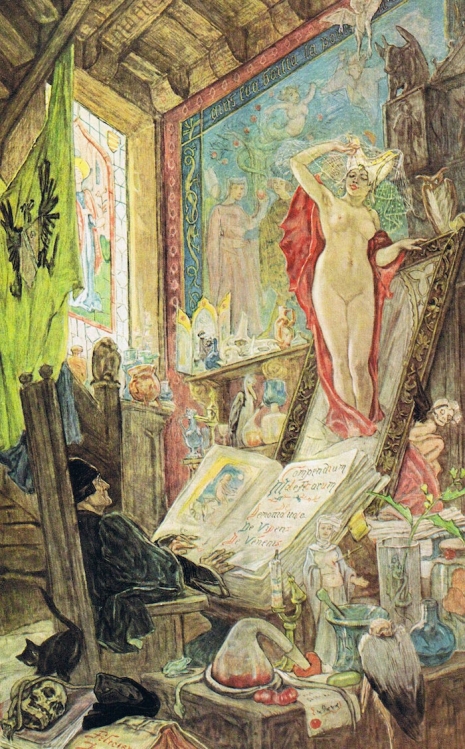
‘L’Incantation’ (‘The Incantation’) (1878).
More of sex, sadism and satanism, after the jump…

